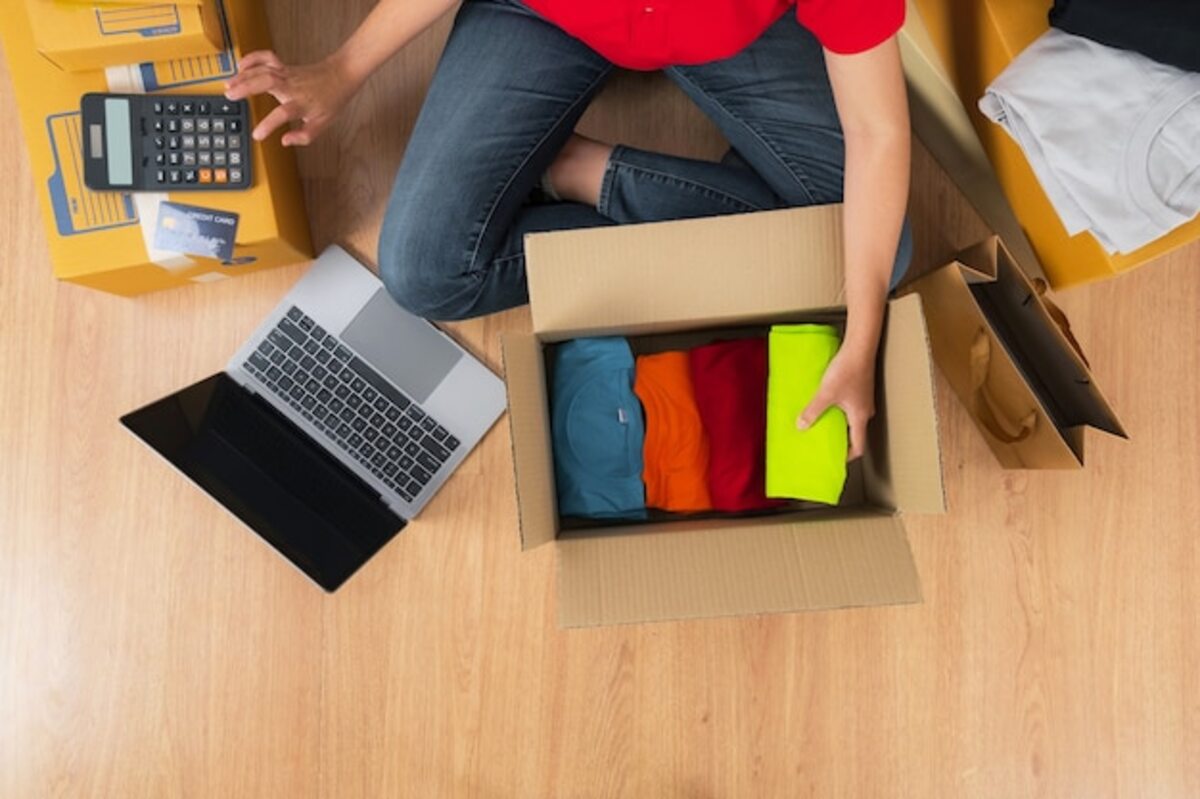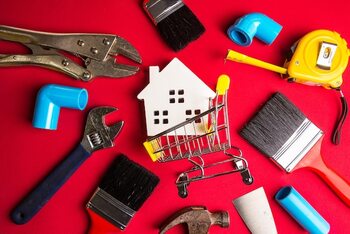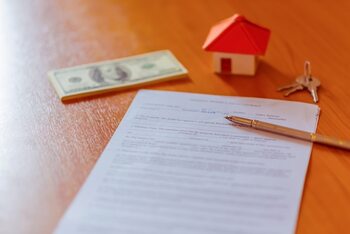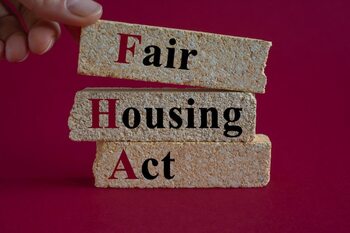Keys to an effective inventory at the end of your rental contract

Are you about to end your rental contract and worried about how to handle the inventory of your belongings? An effective inventory is crucial to ensure a smooth transition and protect your deposit. In this article, you will discover the keys that will help you organize a detailed and efficient inventory, avoiding unpleasant surprises when it comes time to hand over the property. Get ready to leave everything in order and make sure every detail counts!
1. The importance of inventory at the end of a rental contract
The termination of a rental contract can be a stressful process, especially if a clear and detailed inventory of belongings has not been made at the beginning of the lease. An adequate inventory not only allows you to have an accurate record of the items you have brought to the property, but it also facilitates the verification of the condition in which they are returned at the end of the contract. This exercise is essential to avoid misunderstandings with the landlord or the real estate agency regarding possible damages or losses, which could result in the partial or total retention of your deposit. Furthermore, having a thorough inventory provides a solid foundation for resolving any disputes that may arise regarding the conditions of the property. By documenting each item with clear descriptions and photographs, you protect yourself against any unjustified claims from the landlord. In this sense, conducting the inventory at the conclusion of your contract is not only a recommended practice but also an indispensable tool to ensure that your experience as a tenant ends smoothly and on the best possible terms.
2. How to create a detailed inventory: steps to follow
To create a detailed inventory, the first step is to make a comprehensive list of all the items and belongings you have on the property. Start with each room, noting both large furniture and smaller items. It is advisable to use a spreadsheet or a management app to facilitate tracking and organizing your belongings. Be sure to include the brand, model, and general condition of each item; this information will be valuable if you need to file claims for damages or losses.
The next step is to visually document your inventory. Take photographs of each room and the most relevant items, making sure to capture any pre-existing damage or visible wear. This photographic record will serve as evidence in case of disputes with the landlord at the end of the lease. Additionally, keep receipts or invoices that can support the value of your belongings; having this documentation can be essential for recovering your full deposit without issues. With these steps, you will be well-prepared to return the property in order and secure your financial interests.
3. Useful tools to facilitate the inventory process
To facilitate the inventory process at the end of your rental contract, it is essential to have the right tools to help you organize and document each of your items. A very useful option is the use of mobile applications specifically designed to manage inventories. These applications allow you to take photos of your belongings, annotate them with descriptions, and classify them by categories, which greatly simplifies the process. Furthermore, many of these tools offer the possibility to export the inventory in formats such as PDF or Excel, making it easier to present to the landlord or real estate agency.
Another valuable tool is a simple spreadsheet. If you prefer a more traditional approach, you can create a detailed list in a spreadsheet, where you record each item with its status and location. This will not only help you maintain a clear and accessible record, but it will also allow you to visually track progress as you complete the inventory. Don't forget to include columns for additional observations about prior damages or special conditions; this can be key to avoiding misunderstandings during the final delivery of the property. With these tools at your disposal, you will be better prepared to carry out an effective and hassle-free inventory.
4. Necessary documentation: what to include in your list
When it comes to conducting an effective inventory at the end of your rental contract, a fundamental part is having the necessary documentation. Including items such as the lease agreement, payment receipts, and any written communication with the landlord or agency in your list will provide you with a clear backup of the agreed terms and the status of your obligations. Make sure to also have previous inspection reports on hand that detail the initial condition of the property, as these documents are key to supporting any claims regarding the deposit at the end of the process. Additionally, don't forget to add photographs or videos that evidence the current state and arrangement of your belongings in the home. These visual files are especially useful if disputes arise regarding damages or normal wear and tear during your stay. The combination of written documents and visual evidence will provide you with a solid foundation to present your case to the landlord and facilitate the full return of your deposit without issues. Remember that every detail matters, so be meticulous in this crucial stage of the process.
5. Tips for photographing your belongings correctly
To ensure that your belongings are accurately recorded in the inventory, it is essential to take clear and detailed photographs. Make sure to use good lighting and a neutral background so that the objects stand out properly. Take multiple images from different angles, including close-ups that capture relevant details such as markings, damage, or special features. This will not only help you have a more complete visual record but also facilitate any discussions about the condition of the items in case of later disagreements with the owner.
Also, organize the photographs by categories to simplify the review and consultation of the inventory. You can group them by type of object —furniture, appliances, utensils— or by rooms, which will allow you to quickly locate any item when necessary. Don't forget to include images of important documents related to your belongings, such as warranties or user manuals, as this may be useful in case of future claims. By keeping a well-organized and accessible visual file, you will increase your chances of demonstrating the initial condition of your belongings and protecting your deposit at the end of your rental contract.
6. How to address potential disputes with the landlord
When it comes to ending a rental contract, disputes with the landlord can easily arise, especially if there are disagreements about the condition of the property or the return of the deposit. To address these potential controversies, it is essential to have a detailed and documented inventory that serves as evidence in case of discrepancies. Before handing over the keys, make sure to thoroughly inspect every corner of the place and compare the current condition with what was recorded at the beginning of the contract. Taking photographs and making specific notes will provide you with a solid foundation for discussing any claims that may arise.
It is also advisable to establish open and respectful communication with your landlord from the beginning. If you anticipate problems or notice damages that you did not cause, address the issue directly and seek amicable solutions. Providing visual evidence and being honest about your situation can greatly facilitate conflict resolution. If, despite your efforts, significant differences still arise, consider the possibility of involving a mediator or consulting the legal channels available for tenants in your area. Staying calm and acting professionally will be key to handling any dispute without affecting your reputation as a tenant.
7. Final recommendations for a successful property handover
To ensure a successful delivery of the property, it is essential to take the necessary time to thoroughly review every corner of the property. Start by conducting a final inspection together with the owner or the real estate agent. This will not only allow you to identify any potential damages or areas that need attention, but it will also give you the opportunity to document any disagreements about the condition of the property before the official handover. Make sure to have your detailed inventory on hand and compare the items and their condition with what is present in the property.
Additionally, consider preparing a final report that includes photographs of each room and relevant elements, as well as notes on any maintenance performed during your stay. This visual record can be invaluable if disputes regarding the deposit or the condition of the property arise later. Also, remember to communicate with your landlord in advance to discuss the return of the deposit and ensure that you meet all necessary requirements for a smooth handover. By following these final recommendations, you will be much closer to achieving a smooth and secure transition to your next home.



